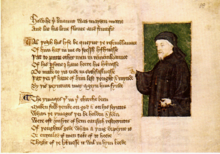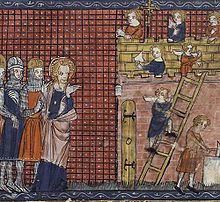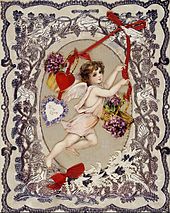The shamrock is one of the primary symbols of Ireland, the other being the Celtic harp. Like the thistle for Scotland, the leek for Wales, and the rose for England, it is a simple, common plant whose qualities are seen as symbolizing the country it represents.
Word Origin
The word “shamrock” is an English corruption of the Irish seamrog, which is the diminutive of seamair (clover). Thus, a shamrock is simply a little clover.
Saint Patrick
It is part of Irish Catholic legend that St. Patrick used the three-leaved shamrock as a visual metaphor for the Holy Trinity. However, the connection between St. Patrick and the clover was not depicted visually anywhere until a series of coins was minted in 1675 in Dublin showing him blessing a congregation while holding a shamrock in his hand.
Symbol of Ireland?
A large part of the identification of the clover as an Irish national symbol was, ironically, due to misperceptions and mistaken reporting by the British.
In the 16th and 17th centuries, poets and authors regularly wrote about how the “wild Irish” would eat anything in the case of famine, including shamrocks. (During this period, England was struggling to tighten its grip on Ireland; thus the English and the Irish had low opinions of one another due to the recent ongoing low-level warfare between the two countries, which had caused great suffering to the Irish and economic and political costs to the English). Since the shamrock has virtually no nutritional value, this was touted as an illustration of how savage (and stupid) the Irish were.
But it was again a case of misinterpretation. The Irish did regularly harvest and eat wild wood sorrel, or seamsog. British writers simply confused the two words, seamsog and seamrog. Thus, the reason that the British thought that shamrocks symbolized the Irish was that they believed the Irish ate them—something they basically never did.
Migration to America
So the shamrock became an Irish symbol more because the British thought it should be than that the Irish ever identified with it. However, it gradually became adopted by all Irishmen.
The shamrock migrated with the Irish to America during the Revolutionary War, when Irish recruits and conscripts were organized into regiments bearing the shamrock on their flags.
Luck of the Shamrock

Nowadays, the shamrock appears as a logo and symbol for diverse companies, and used in the manufacture of thousands of products.
The rare four-leaved shamrock (“four-leaved clover”) is considered a sign of great good luck to the person who finds one.
The much more common three-leaved shamrock is seen as symbolizing Ireland’s verdant beauty, the hardiness of its people, and their adherence to their religious values.
By Kevin M. Lewis






